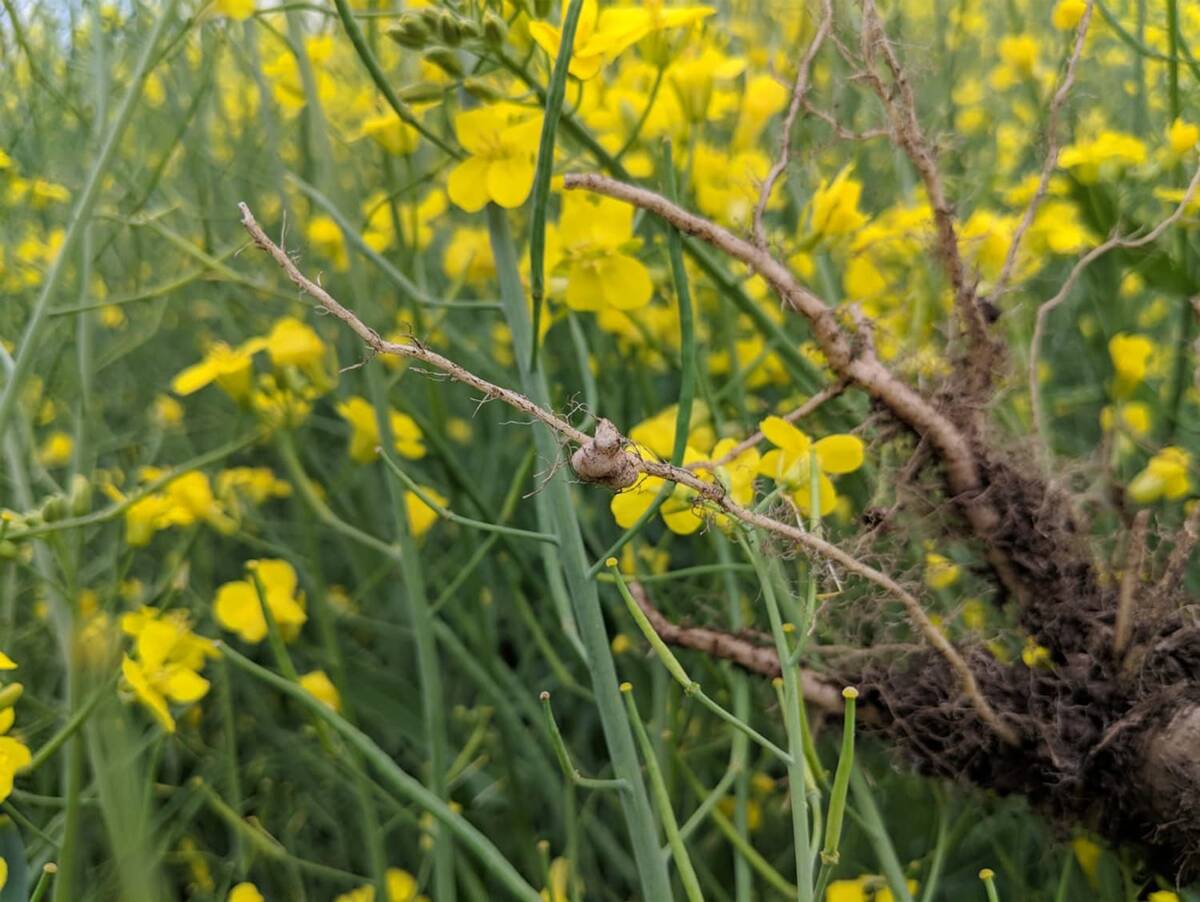KINSELLA, Alta. – A generation after launching an experiment that popular thinkers of the day thought was closer to lunacy than animal husbandry, the University of Alberta ranch is heading off in another controversial direction.
Instead of conducting field research protected from outside influence with the relative immunity of public money, animal scientist Mick Price is faced with attracting half of the ranch’s funding from business and private enterprise.
Alberta premier Ralph Klein’s new fiscal reality expects the ranch to generate $60,000 in income instead of eating up as much as $100,000 of the university’s budget every year.
Read Also

Going beyond “Resistant” on crop seed labels
Variety resistance is getting more specific on crop disease pathogens, but that information must be conveyed in a way that actually helps producers make rotation decisions.
“Anything that I do that decreases the profit (from the ranch), I have to find that money,” said Price during an interview at a ranch field day last month that attracted about 150 people, including graduate students, professors, local farmers and ranchers.
Price has given up the top post of the animal science department and taken leave to oversee the launching of the ranch’s new direction – low-input sustainable agriculture.
Like his predecessor Roy Berg, whose vision for the ranch was to test the profitability of raising crossbred cattle, Price’s aim is test the long-term viability of sustainable agriculture.
He said much of the research done at the ranch in the last few years has already concentrated on low input sustainable agriculture, or LISA. Now, he plans to make LISA a research goal of all projects.
Environment ally
Price describes LISA as a system of working with nature, rather than against it, and shaping farm management to suit the environment.
It avoids using what Price calls technological sledgehammers to “beat nature into submission.”
Price pointed to problems such as cows that have difficulty calving. Building a bigger calf puller is a technological sledgehammer. He also called ear muffs for calves a technological sledgehammer. But treating the problem, like calving cows in the early summer when other ungulates give birth, is low input, he said.
If a system is sustainable, Price said, then the test is whether changes occur. The question to ask is: “If I keep doing this, can I do it for 100 years?”
Projects already under way at the ranch include working with Ducks Unlimited on water management to preserve wetlands and control flooding and re-introducing a small herd of bison.
One of Price’s biggest challenges will be to keep funding levels up and convincing industry to put money into projects it might not believe in. He admits it won’t be easy.
“There’s a tremendous burden on the industry to be wise.”
















